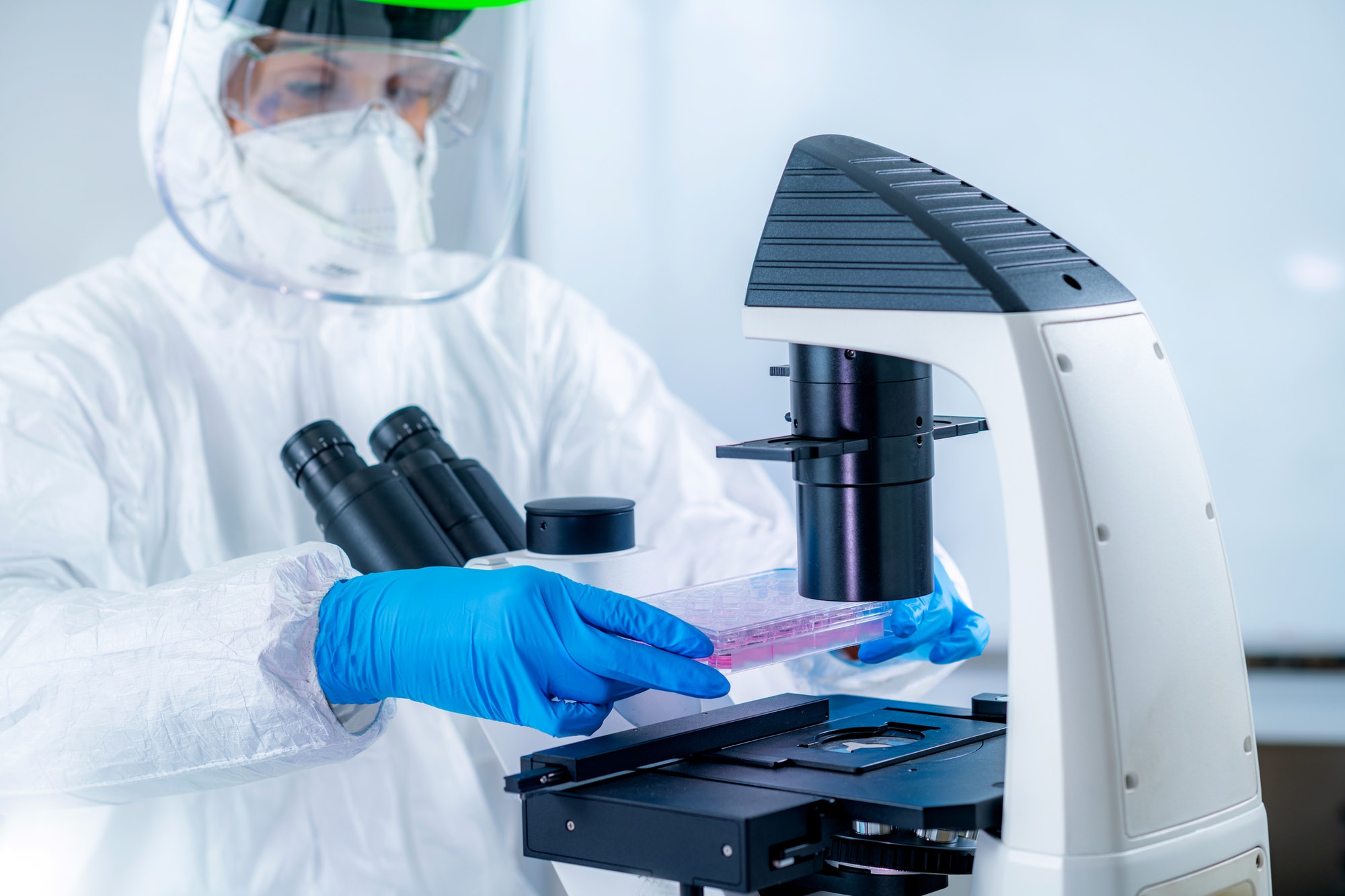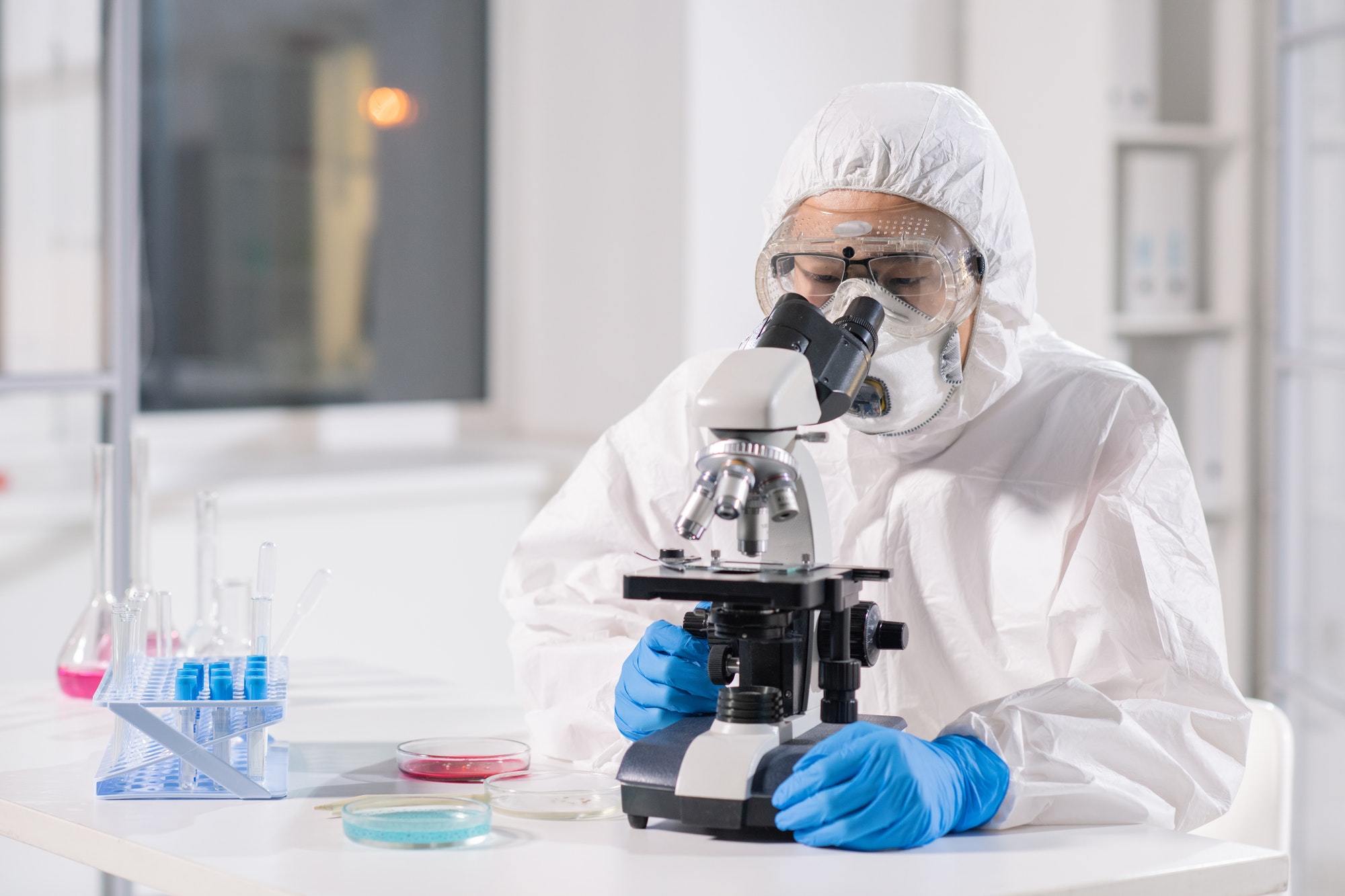Need Help?
FAQ for HPLC Application
Some Popular Questions About HPLC Applications
HPLC stands for High Performance Liquid Chromatography. It is an analytical technique used to separate, identify, and quantify components in a mixture. It works by passing a liquid sample through a column packed with a stationary phase, which separates the components based on their physicochemical properties.
There are several types of HPLC detectors, including UV-Vis, fluorescence, electrochemical, mass spectrometry, and refractive index detectors. Each detector has its advantages and limitations, depending on the type of sample being analyzed.
UPLC stands for Ultra Performance Liquid Chromatography, which is a more advanced and efficient version of HPLC. UPLC uses smaller particles in the stationary phase, resulting in faster separation times and higher resolution.
The key parameters to consider when developing an HPLC method include the mobile phase composition, column type, flow rate, temperature, and detector type.
HPLC has a wide range of applications, including drug development and analysis, clinical research, environmental analysis, food and beverage analysis, forensic toxicology, and more.
There are several types of HPLC columns, including reverse phase, normal phase, ion exchange, size exclusion, and affinity columns.
A packed column is pre-filled with the stationary phase material, while an empty column requires the user to pack the stationary phase material into the column before use.
The frequency of HPLC column replacement depends on several factors, including the type of column, sample matrix, and column usage. In general, columns should be replaced when they begin to show a decrease in separation efficiency or when they reach the end of their useful life.













